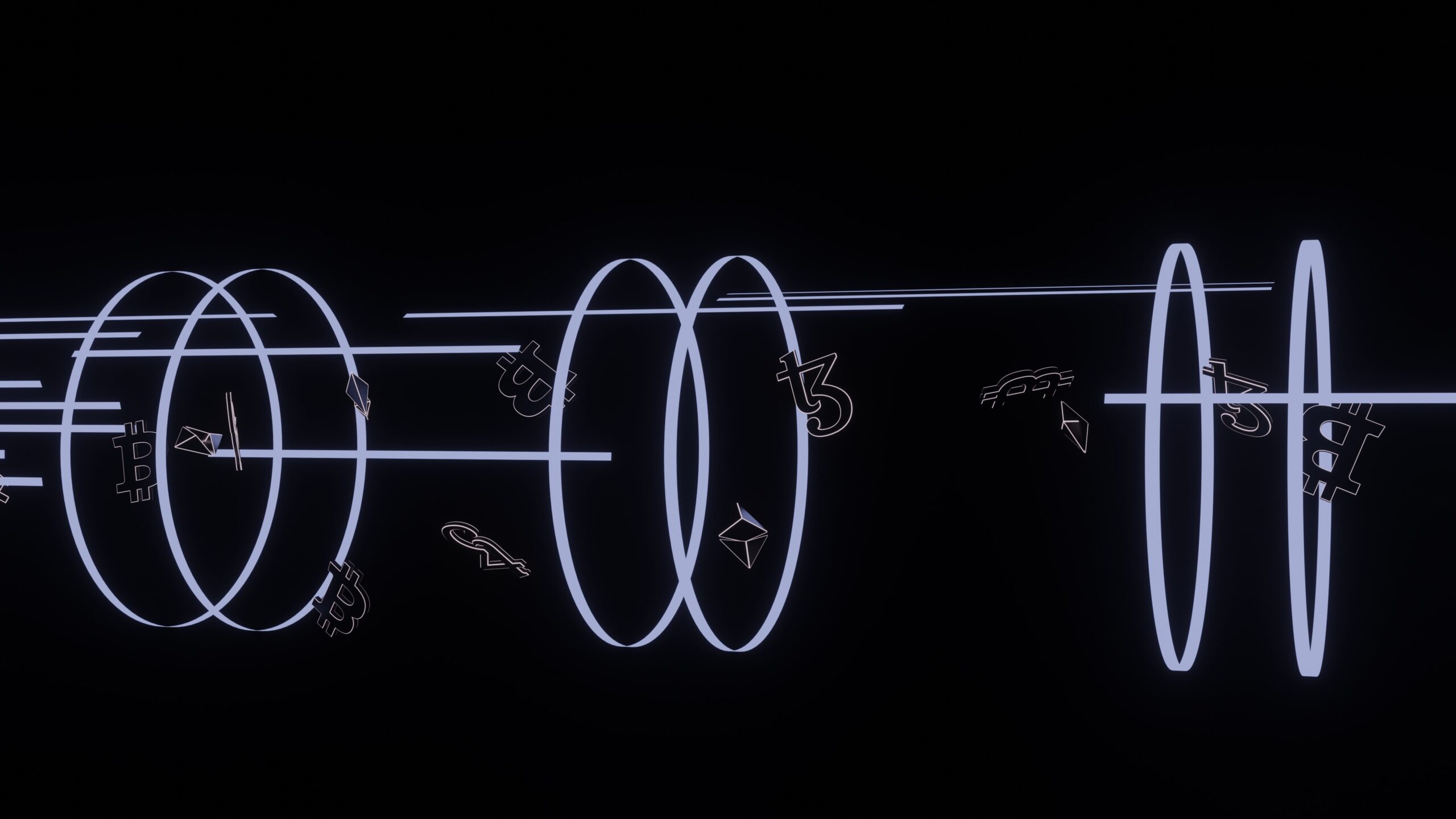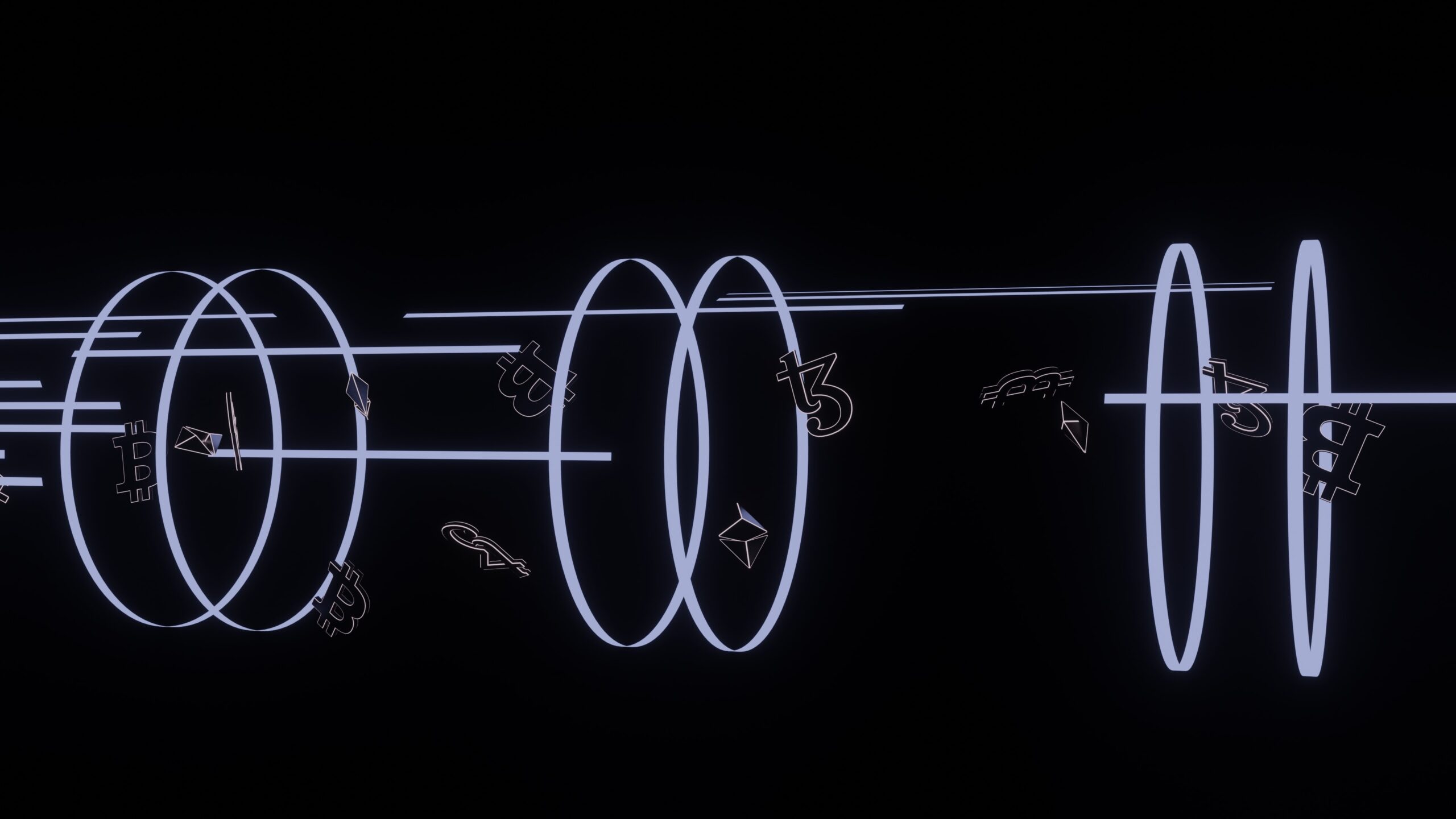If you’ve ever found yourself baffled by the seemingly complex and ever-changing world of cryptocurrencies, fear not! In this article, we will share some insightful tips on how to read and analyze cryptocurrency price charts. By understanding these charts, you will gain valuable insights into the market trends and make informed decisions about buying, selling, or holding onto your digital assets. So, let’s dive into the fascinating world of cryptocurrency price charts and unravel their secrets together.

Understanding Cryptocurrency Price Charts
What are cryptocurrency price charts?
Cryptocurrency price charts are graphical representations of the historical price movements of cryptocurrencies. These charts display crucial information about the market dynamics, showing the opening, closing, high, and low prices of a cryptocurrency over a given time period.
Why are price charts important?
Price charts are important in the field of cryptocurrency trading and investing as they provide valuable insights into market trends, price patterns, and potential future price movements. By studying these charts, investors and traders can make informed decisions about when to enter or exit positions and possibly maximize their profits.
Types of cryptocurrency price charts
There are various types of cryptocurrency price charts that traders and investors use to analyze market trends. The most common ones include line charts, bar charts, and candlestick charts. Each chart type presents the price data in a different format, allowing for different levels of analysis and interpretation.
Key Elements of a Cryptocurrency Price Chart
Cryptocurrency ticker symbol
The ticker symbol is a unique abbreviation that represents a specific cryptocurrency. It is commonly used in price charts to identify the cryptocurrency being analyzed. For example, “BTC” represents Bitcoin, “ETH” represents Ethereum, and so on.
Price axis
The price axis on a cryptocurrency price chart represents the value of the cryptocurrency being traded. It is typically displayed vertically on the right-hand side of the chart and indicates the price range of the cryptocurrency over the given time frame.
Time frame
The time frame refers to the duration displayed on the price chart. It can range from minutes to hours, days, weeks, or even months. Different time frames provide different insights into price movements, allowing traders to analyze short-term or long-term trends.
Candlestick/Bar representation
Candlestick or bar representations are widely used in cryptocurrency price charts to visually represent price movements over a specific time frame. Each candlestick or bar represents a specific period, such as a day or an hour, and displays the opening, closing, high, and low prices of the cryptocurrency during that period.
Trading volume
Trading volume is an essential element displayed on cryptocurrency price charts. It represents the number of coins or tokens traded during a specific time period. High trading volume indicates increased market activity and can provide insights into the strength of a price movement.
Chart patterns
Chart patterns refer to recurring formations or shapes that appear on cryptocurrency price charts. These patterns can indicate potential future price movements. Common chart patterns include triangles, double tops, and head and shoulders patterns. Analyzing these patterns can assist traders in making predictions and implementing trading strategies.
Reading and Analyzing Cryptocurrency Price Charts
Identifying trends
Analyzing trends is a fundamental aspect of reading and analyzing cryptocurrency price charts. Trends can be classified as uptrends, downtrends, or sideways trends. An uptrend occurs when prices consistently move higher over time, while a downtrend occurs when prices consistently move lower. Sideways trends occur when prices move within a relatively narrow range.
Support and resistance levels
Support and resistance levels are significant price levels on a price chart that act as barriers to price movements. Support levels are levels where buying pressure is expected to be strong enough to prevent prices from falling further. Resistance levels, on the other hand, are levels where selling pressure is expected to be strong enough to prevent prices from rising further. Identifying these levels can help traders make decisions on when to buy or sell a cryptocurrency.
Moving averages
Moving averages are popular technical indicators used to smooth out price data and identify trends. They calculate the average price of a cryptocurrency over a specified period and display it as a line on the price chart. Traders use moving averages to identify potential entry and exit points based on the crossovers and divergences of different moving averages.
Relative Strength Index (RSI)
The Relative Strength Index (RSI) is a momentum oscillator that measures the speed and change of price movements. It provides traders with an indication of whether a cryptocurrency is currently overbought or oversold. RSI values range from 0 to 100, with values above 70 indicating overbought conditions and values below 30 indicating oversold conditions.
Fibonacci retracement
Fibonacci retracement is a technical analysis tool that uses horizontal lines to indicate potential areas of support or resistance during a price correction. These retracement levels are based on the Fibonacci sequence and can help traders identify potential entry or exit points during a price pullback.
Volume analysis
Volume analysis involves analyzing the trading volume associated with price movements. High volume can indicate strong market interest and validate price movements, while low volume may suggest a lack of conviction. Traders use volume analysis to confirm trends, assess market sentiment, and identify potential trend reversals.
Monitoring news and events
Monitoring news and events is crucial in understanding the factors that can impact cryptocurrency prices. News about regulations, partnerships, security breaches, or technological advancements can significantly influence the market. Traders need to stay informed about industry news and events to avoid unexpected market movements and make informed trading decisions.
Identifying Trends in Cryptocurrency Price Charts
Uptrend
An uptrend occurs when the price of a cryptocurrency consistently moves higher over a given period. In an uptrend, each successive high and low should be higher than the previous ones. Traders often look for opportunities to enter long positions during uptrends, expecting the price to continue rising.
Downtrend
A downtrend occurs when the price of a cryptocurrency consistently moves lower over a given period. In a downtrend, each successive high and low should be lower than the previous ones. Traders may consider shorting or selling their positions during downtrends, expecting the price to continue declining.
Sideways trend
A sideways trend, also known as a consolidation or range-bound market, occurs when the price of a cryptocurrency fluctuates within a relatively narrow range. During a sideways trend, the price neither shows a strong upward nor a strong downward movement. Traders may choose to stay on the sidelines during sideways trends or implement range trading strategies.
Trendlines
Trendlines are lines drawn on a price chart to visually represent the direction of a trend. They connect the consecutive lows or highs of a price movement. Trendlines are used by traders to provide a visual confirmation of a trend and can serve as support or resistance levels. By drawing trendlines, traders can anticipate potential price movements and make informed trading decisions.

Support and Resistance Levels
What are support and resistance levels?
Support and resistance levels are horizontal price levels on a chart where buying and selling pressure is expected to be significant. Support levels act as price floors, preventing prices from falling further, while resistance levels act as price ceilings, preventing prices from rising further.
Identifying support and resistance levels
Support and resistance levels can be identified by looking for areas where the price has historically reversed or stalled. These levels tend to be significant psychological or technical price levels that traders pay attention to. By connecting multiple price points, traders can draw horizontal lines to identify these levels and use them in their analysis.
Role of support and resistance levels in trading decisions
Support and resistance levels play a crucial role in trading decisions. When the price approaches a support level, traders may consider buying or going long, anticipating a price bounce. Conversely, when the price reaches a resistance level, traders may consider selling or going short, expecting a price reversal. Traders often set stop-loss orders near support or resistance levels to manage risk and protect their positions.
Using Moving Averages
What are moving averages?
Moving averages are technical indicators that smooth out price data and identify trends. They calculate the average price of a cryptocurrency over a specified period and display it as a line on the price chart. Moving averages are used to filter out short-term price fluctuations and provide traders with a better understanding of the overall trend direction.
Types of moving averages
There are different types of moving averages, including simple moving averages (SMA) and exponential moving averages (EMA). SMAs give equal weight to all price data points, while EMAs give more weight to recent price data. Traders choose the type of moving average based on their trading strategy and the specific insight they want to gain from the indicator.
Golden Cross and Death Cross
A golden cross occurs when a shorter-term moving average crosses above a longer-term moving average. This crossing is considered a bullish signal and may indicate the start of an uptrend. Conversely, a death cross occurs when a shorter-term moving average crosses below a longer-term moving average. This crossing is considered a bearish signal and may indicate the start of a downtrend.
Moving averages as support/resistance
Moving averages can also act as dynamic support and resistance levels. During an uptrend, the price tends to find support near the moving average and bounces off it. Conversely, during a downtrend, the moving average can act as a resistance level, preventing the price from rising above it. Traders often use moving averages in combination with other technical indicators to confirm potential buying or selling opportunities.

Relative Strength Index (RSI)
What is the Relative Strength Index (RSI)?
The Relative Strength Index (RSI) is a momentum oscillator that measures the speed and change of price movements. It oscillates between 0 and 100 and provides traders with an indication of the strength and weakness of price movements. A high RSI value suggests the cryptocurrency is overbought, while a low RSI value suggests it is oversold.
Interpreting RSI values
When the RSI value is above 70, it indicates that the cryptocurrency may be overbought and a price correction or reversal may occur. Conversely, when the RSI value is below 30, it suggests that the cryptocurrency may be oversold and a price recovery or rally may happen. Traders use RSI values to gauge the potential direction of the market and adjust their trading strategies accordingly.
Identifying overbought and oversold conditions
Overbought conditions occur when the price has experienced a significant rally and the RSI value is above 70. It suggests that buying pressure may be exhausted, and a price correction or consolidation period may follow. Oversold conditions, on the other hand, occur when the price has declined significantly, and the RSI value is below 30. It suggests that selling pressure may be exhausted, and a price recovery or bounce may occur.
Divergence signals
Divergence occurs when the price and the RSI move in opposite directions. Bullish divergence happens when the price makes lower lows, but the RSI makes higher lows, indicating a potential trend reversal. On the other hand, bearish divergence occurs when the price makes higher highs, but the RSI makes lower highs, suggesting a potential trend reversal to the downside. Traders often look for divergence signals to anticipate trend reversals and adjust their trading strategies accordingly.
Fibonacci Retracement
Understanding Fibonacci retracement levels
Fibonacci retracement levels are horizontal lines that indicate potential areas of support or resistance during a price correction. These levels are based on the Fibonacci sequence, a series of numbers where each number is the sum of the two preceding numbers (e.g., 0, 1, 1, 2, 3, 5, 8, 13, etc.). Traders use Fibonacci retracement levels to identify potential entry or exit points during a price pullback.
Applying Fibonacci retracement in trading
To apply Fibonacci retracement, traders select two significant price points on a chart, usually a swing high and a swing low. These points define the length of the retracement levels. The common Fibonacci retracement levels include 23.6%, 38.2%, 50%, 61.8%, and 78.6%. Traders look for price reactions (bounces or breaks) at these levels to determine potential support or resistance zones.
The importance of confluence
Confluence refers to the occurrence of multiple technical indicators or levels aligning at the same price point. When Fibonacci retracement levels coincide with other forms of support or resistance, such as trendlines, moving averages, or chart patterns, it adds extra significance to that level. Traders consider confluence areas to be stronger potential support or resistance points, increasing the likelihood of a price reversal or continuation.
Volume Analysis
Importance of trading volume
Trading volume is the number of coins or tokens traded during a specific time period. It is an essential element in analyzing cryptocurrency price charts as it provides insights into market liquidity, investor sentiment, and the strength of price movements. High trading volume generally indicates more significant market interest and may validate price movements.
Volume indicators
Volume indicators are technical tools used to analyze trading volume. Some common volume indicators include the On-Balance Volume (OBV), volume bars, and the Volume Weighted Average Price (VWAP). These indicators help traders assess the strength of buying or selling pressure and identify potential trend reversals or confirmations.
Volume analysis techniques
Traders use various volume analysis techniques to gain insights into market dynamics. These include comparing current volume to historical volume patterns, looking for volume spikes or divergences, and analyzing volume in conjunction with price patterns or indicators. By understanding volume trends and patterns, traders can make better-informed trading decisions and potentially identify opportunities for profit.
Monitoring News and Events
Impact of news and events on cryptocurrency prices
News and events have a significant impact on cryptocurrency prices. Positive news, such as regulatory advancements, partnership announcements, or institutional adoption, can lead to price rallies. On the other hand, negative news, such as security breaches, regulatory crackdowns, or negative industry sentiment, can cause price declines. Monitoring news and events allows traders to anticipate potential price movements and adjust their strategies accordingly.
Sources for relevant news and events
To stay informed about relevant news and events in the cryptocurrency market, traders can follow reliable industry news websites, subscribe to newsletters, join online communities or forums, and follow influential figures on social media platforms. It is essential to verify the credibility of the sources and stay up to date with the latest developments that may impact the market.
Developing a news monitoring strategy
To effectively monitor news and events, traders can create a systematic approach. This can involve setting up alerts for specific keywords, dedicating regular time for news consumption, and maintaining a curated list of reliable news sources. By staying informed and reacting swiftly to breaking news, traders can adapt their strategies and potentially capitalize on market opportunities.

